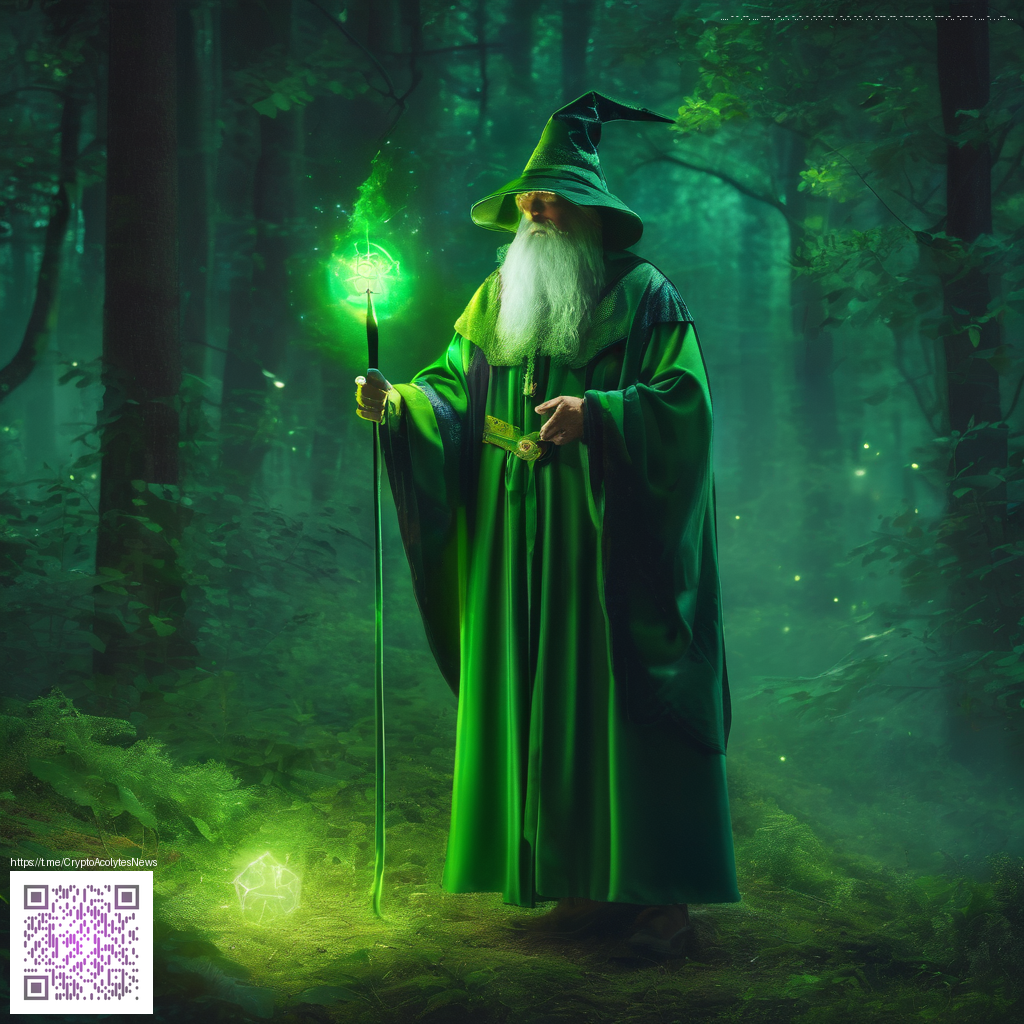
Blending digital paper textures into photo work: practical techniques for believable results
Digital paper textures can transform a flat composition into something tactile and alive. The trick is not to stamp texture onto the scene, but to integrate it so that light, color, and grain respond to the same rules as the real world. When you blend a paper texture with your image, you’re teaching every pixel to behave as if it carries a little fragment of an actual surface—whether that’s the subtle chalk of a handmade sheet or the glossy sheen of a coated stock. For creators who want to move beyond flat digital edits, texture becomes a storytelling device, adding depth without overwhelming the subject.
One thing I’ve learned is to start with a clear intent: are you aiming for a matte, vintage finish or a high-contrast, glossy look? Your goal will guide your choices in blending modes, opacity, and masking. If you’re looking for a ready-made example of material that can influence a shoot or product shot, you might consider pairing these textures with real-world objects. For instance, you could test combinations using a product such as the Phone Case with Card Holder Glossy Matte Polycarbonate to see how digital textures interact with glossy surfaces in a composition.
Key techniques to blend digital paper into your edits
- Choose your blend mode with intention: Multiply, Overlay, and Soft Light are popular starting points because they preserve luminance while letting texture interact with color. Don’t shy away from trying Screen or Lighten when you want a more ethereal, airy texture.
- Non-destructive layers: Use adjustment layers and masks so you can tweak or revert your changes without destroying the original photo. This keeps your workflow flexible and repeatable.
- Masking for realism: A precise mask around edges and subject silhouettes helps texture appear as part of the scene rather than something pasted on top. Feather the mask to avoid abrupt transitions.
- Color harmony is key: Match the paper’s tones to the image’s lighting. A quick way is to sample a midtone from the scene and apply a subtle color fill or gradient map to the texture layer.
- Texture scale matters: Resize and rotate the texture to align with the image’s perspective. A texture that feels flat will pull viewers out of the scene; one that respects perspective will feel natural.
“The magic happens when texture and light interact rather than when texture simply sits on top. Treat paper as a surface that responds to the same light rules as your subject.”
Practical workflow you can implement today
- Start with a clean composite: place your subject on a neutral or complementary background to establish the feel you want.
- Import a digital paper texture and place it on a new layer above the subject. Set a blend mode such as Overlay or Multiply to begin the fusion.
- Mask aggressively where you don’t want texture to affect highlights or shadows, then feather the edges for a natural transition.
- Adjust opacity to taste and layer in a second texture at a different scale for layered realism.
- Apply a subtle color grade to unify the texture with the scene—this could be a gentle warm tone for a vintage vibe or cooler hues for a modern, editorial feel.
- Run a final pass with a subtle noise or grain to ensure the texture reads as a consistent part of the image, especially on smaller screens where detail can vanish.
In practice, I often test a few textures side-by-side on a product shot to compare how they catch the light. The goal is a believable integration, not a dramatic overlay. If you’re curious about specific textures and their behavior, you can explore look-and-feel references on inspiration pages such as these inspiration galleries.